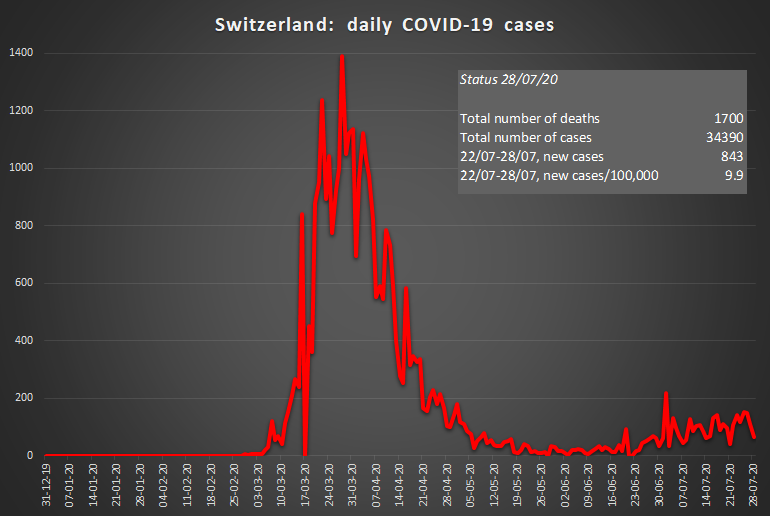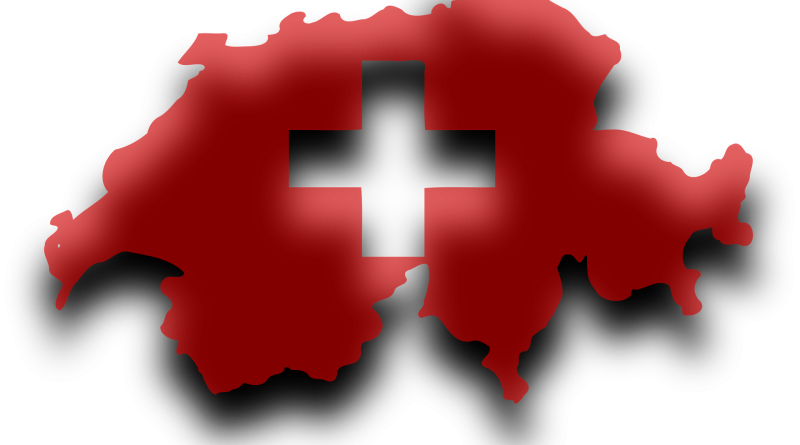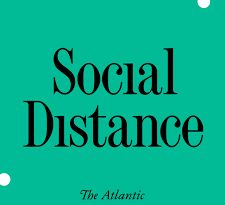COVID-19 measures in Switzerland
by David Berger
Every year at the end of February, many regions in Switzerland celebrate their own form of carnival (‘Fasnacht‘). Corona was already getting closer, spreading through northern Italy, but it still felt like something far away. This changed on February 28, when the federal government banned events with more than 1000 people. Suddenly it arrived, resulting in cancellations of the carnival parades through the country. With this step, Switzerland was the first country on the continent implementing nationwide measures.
Two weeks later, schools were closed and then, on March 16, the country went into a soft lockdown. Restaurants, cultural venues and non-essential shops were closed. Working from home was enforced where possible. At this time, Switzerland was one of the countries with the highest numbers in positive tests worldwide. Still, people were allowed to leave the house for any reason. Meeting with up to 5 people outside remained allowed.
The strategy was a big success. While the daily positive numbers were over 1000 by the end of March, they constantly dropped down to about 40 per day in the second week of May, without a heavy lockdown like in Italy, France or Spain. The areas mainly affected were the Italian speaking canton of Ticino and, in the west, Geneva and Vaud, both bordering France. The German-speaking parts were much less affected.
While the mortality went up steep in the before-mentioned cantons during the peak time, it stayed normal in Zurich or Bern. This also explains why the main discussion at the beginning of the crisis was about the closing of the borders. The federal government first rejected any closure, saying that Geneva and Ticino heavily rely on Italian and French work forces, especially in the medical field.
Discussions became more intense after Austria closed its border with Italy on March 11. Stories emerged of young Italian partygoers, who went clubbing in Ticino to have a rest from the Italian lockdown. The borders were finally closed with the start of the soft lockdown – people working in Switzerland were still allowed in.
On May 11, the federal government started to open up the country in two main steps in one of the most rapid openings in Europe, also to the surprise to many of the affected businesses. Most competences were given back to the cantons.
Nowadays, Switzerland is one of the few places in Europe where nightclubs are open (and not only outside). Forced by rising numbers, Switzerland was one of the last countries on the continent making face masks mandatory in public transport. In the meantime, some cantons in the French part made them mandatory in shops as well. After some superspreader events, the number of people in bars and clubs was reduced to 100 in several cantons. On July 31, Geneva went still one step further. As first city in Switzerland it ordered the immediate closure of all nightclubs, discotheques and cabarets.

References:
Measures in Switzerland: https://covidlaws.net/country/ch/
By canton: https://covidlaws.net/cantons
Statistics: www.corona-data.ch
Cover image by Dsndrn-Videolar via Pixabay; graph by rvdk



